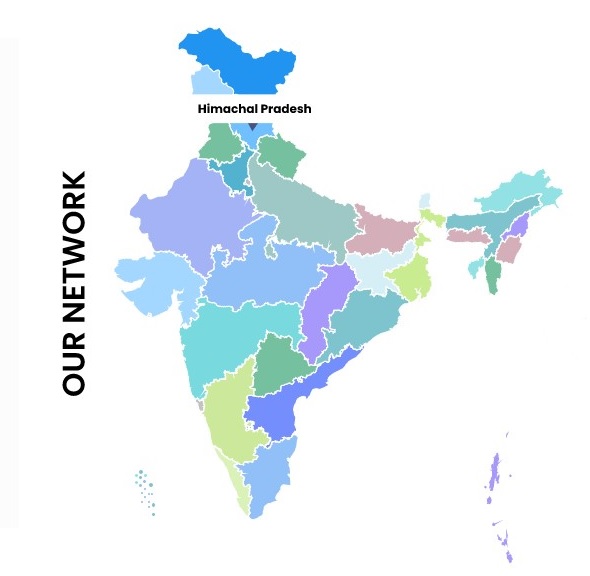Survey, Collection & Cultivation of Medicinal Plants
About 70% of the Homeopathic drugs are derived from medicinal plants sources and for maintaining the quality of the drug, the source material is collected either from wild occurrence or is cultivated in the gardens with expert supervision. For maintaining authentic plant source material in fresh and live condition, the Council has established a medicinal plants research garden and a Survey of Medicinal Plants and Cultivation Unit, which collects raw drug plant material from areas surveyed from all over India. This research unit has now been renamed as “Centre of Medicinal Plants Research in Homoeopathy” in Tamil Nadu at Indira Nagar, Emerald Post, Nilgiris District (T. N.), taking into account the manifold aspects of research work on medicinal plants being carried out here. This research centre in addition to conducting survey for the collection of the medicinal plants used in Homoeopathy in its wild state also cultivates both exotic and indigenous plant material for supply as and when required for drug standardization or drug preparation, both for in-house research and also for Homoeopathic drug manufacturers the surplus raw drug plant material in ‘not for profit’ basis. Currently 104 plant (92 exotic plants and 12 indigenous plant species are being cultivated the plant species are under experimental cultivation and below conservation cum germplasm collection at demonstration plots for further multiplication or seed production to continue as next generation and being maintained as reference species useful in Homoeopathy . In addition the laboratory for carrying out drug standardization research studies is also hoped to be established here in future, bringing all aspects of research in medicinal plants under one umbrella. The Centre has conducted 372 surveys and supplied 702 raw drugs to Units for carrying out standardisation studies, 11717 herbarium sheets have been prepared and mounted with their voucher specimen number till date.
A rigid poly house constructed by poly carbonate sheet has been inaugurated by Director general, CCRH during the visit of Special Committee Members of Drug Standardization in the month of August 2017, the utilization of this poly house and its usage is mainly for the process of seedling germination, vegetative propagation (VP-Clones),and mass production of plantlet for development/cultivation of the entire larger area for internal usage, for the supply of raw drug to drug standardization units and for commercial purpose. This poly house is very unique and constructed for the first time in Nilgiris by using poly carbonate sheet.
|
Sale of Homoeopathic Medicinal Plants raw drug ( as on 11.01.2018) |
|||||||||||||||||||||||||||||||||||||||||
|
(At CMPRH Research Garden, Emerald, Tamil Nadu) |
|||||||||||||||||||||||||||||||||||||||||
|
Contact No. 0423-2955184, E-mail - smpcuemerald@gmail.com) |
|||||||||||||||||||||||||||||||||||||||||
|
|||||||||||||||||||||||||||||||||||||||||
Information about the plants has been published in the form of books published by the Council.
Check List of Homoeopathic Medicinal Plants of India
The revised and enlarged edition of the book was published in the year 1996 and reprinted 3rd edition in 2003. The compilation includes information on 369 species belonging to 301 genera of 109 families. The common names of medicinal plants have been added in various regional languages besides English and Hindi. The Check List is useful for research workers, students, academicians and who so ever interested in the medicinal plants used in Homoeopathy.
A Hand Book of Medicinal Plants used in Homoeopathy Vol. I
The Council has published pictorial book on Homoeopathic Medicinal Plants in the year 2005. This publication aims at providing concise information viz. botanical name, synonyms, family, common names, description, distribution, part used, history/authority and homoeopathic uses alongwith picture of 316 medicinal plants used in Homoeopathy. The book is useful to large section of people who are adherents to Homoeopathic Systems of Medicine.
Plants in Ethnomedicine of Nilgiri Tribes in Tamil Nadu, India
The book contains intensive field work based on ethnomedical data collected from six primitive tribes namely Todas, Kotas, Kurumbas, Irulas, Paniyas and Kattunayakas in the Nilgiri hills, Tamil Nadu. The information concerning the combination of different plants in the preparation of medicine, dosage and food restriction practice have been gathered and documented in this study by using plants and plant parts for curative purposes.







.png)

.png)





